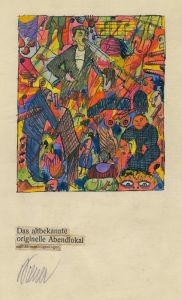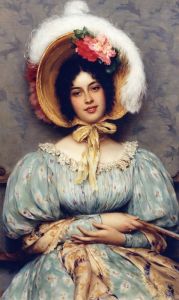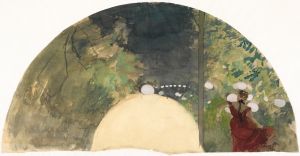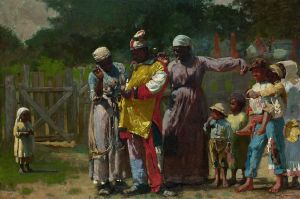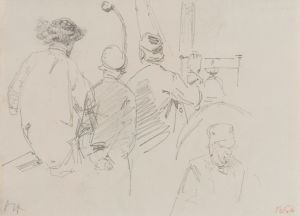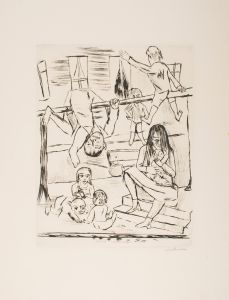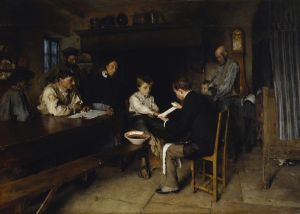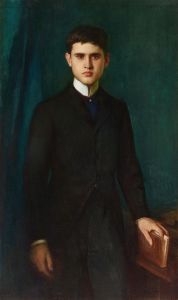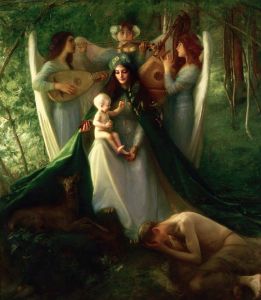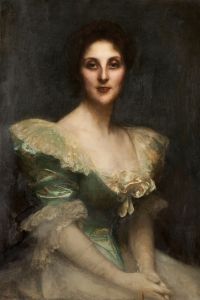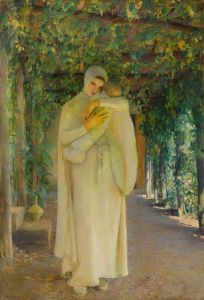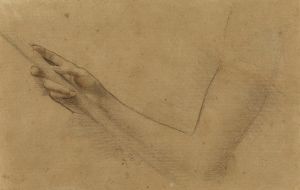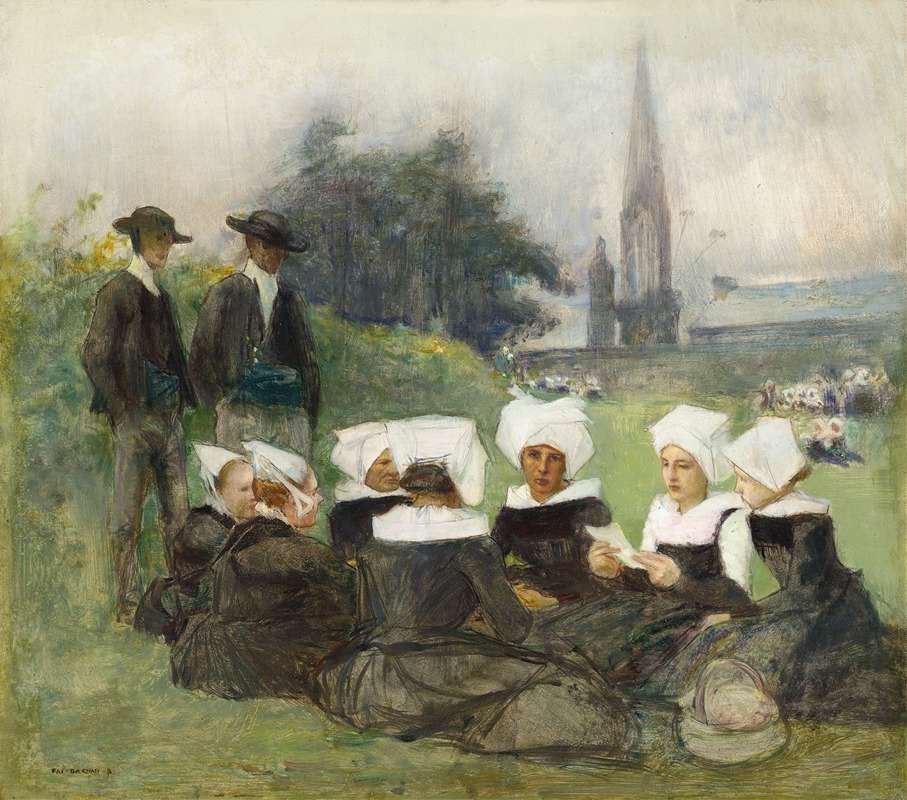
Study for Breton Women at a Pardon
A hand-painted replica of Pascal-Adolphe-Jean Dagnan-Bouveret’s masterpiece Study for Breton Women at a Pardon, meticulously crafted by professional artists to capture the true essence of the original. Each piece is created with museum-quality canvas and rare mineral pigments, carefully painted by experienced artists with delicate brushstrokes and rich, layered colors to perfectly recreate the texture of the original artwork. Unlike machine-printed reproductions, this hand-painted version brings the painting to life, infused with the artist’s emotions and skill in every stroke. Whether for personal collection or home decoration, it instantly elevates the artistic atmosphere of any space.
"Study for Breton Women at a Pardon" is a preparatory work created by the French academic painter Pascal-Adolphe-Jean Dagnan-Bouveret (1852–1929). Dagnan-Bouveret was known for his meticulous attention to detail and his ability to capture the nuances of rural life in France, often focusing on religious and cultural traditions. This study is associated with his larger finished painting titled "Breton Women at a Pardon," which depicts a group of Breton women participating in a traditional religious ceremony known as a "pardon."
The "pardon" is a Catholic pilgrimage and festival unique to Brittany, a region in northwestern France. These events are deeply rooted in Breton culture and involve processions, prayers, and other religious observances in honor of local saints. Dagnan-Bouveret's interest in this subject reflects the broader 19th-century artistic fascination with regional customs and traditions, as well as the Romantic movement's emphasis on rural and folkloric themes.
In this study, Dagnan-Bouveret focuses on the figures of the Breton women, capturing their distinctive traditional attire and solemn expressions. The study likely served as a preparatory exploration of composition, lighting, and the emotional tone of the scene. His attention to the details of the women's clothing and demeanor demonstrates his commitment to authenticity and his respect for the cultural significance of the pardon.
Dagnan-Bouveret was a prominent figure in the Naturalist movement, which sought to depict everyday life with realism and emotional depth. His works often combined academic techniques with an interest in contemporary subjects, bridging the gap between traditional and modern approaches to art. "Study for Breton Women at a Pardon" exemplifies his skill in rendering human figures with sensitivity and precision.
The exact date of this study is not definitively documented, but it is believed to have been created in the late 19th century, around the time Dagnan-Bouveret completed the finished painting. The study is valued for its insight into the artist's creative process and his dedication to capturing the essence of Breton culture.
As of now, the study is held in a private collection or an institution, but specific details about its current location are not widely available.





